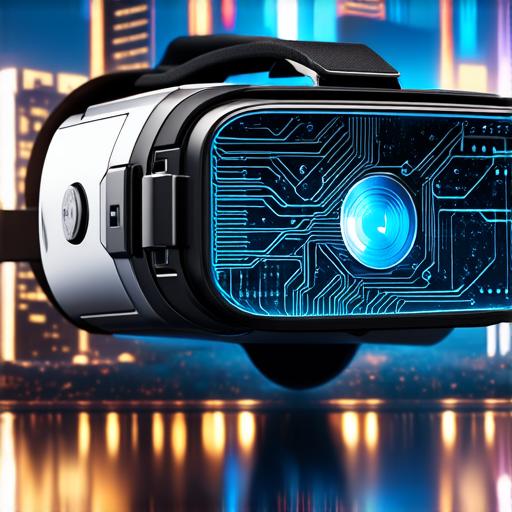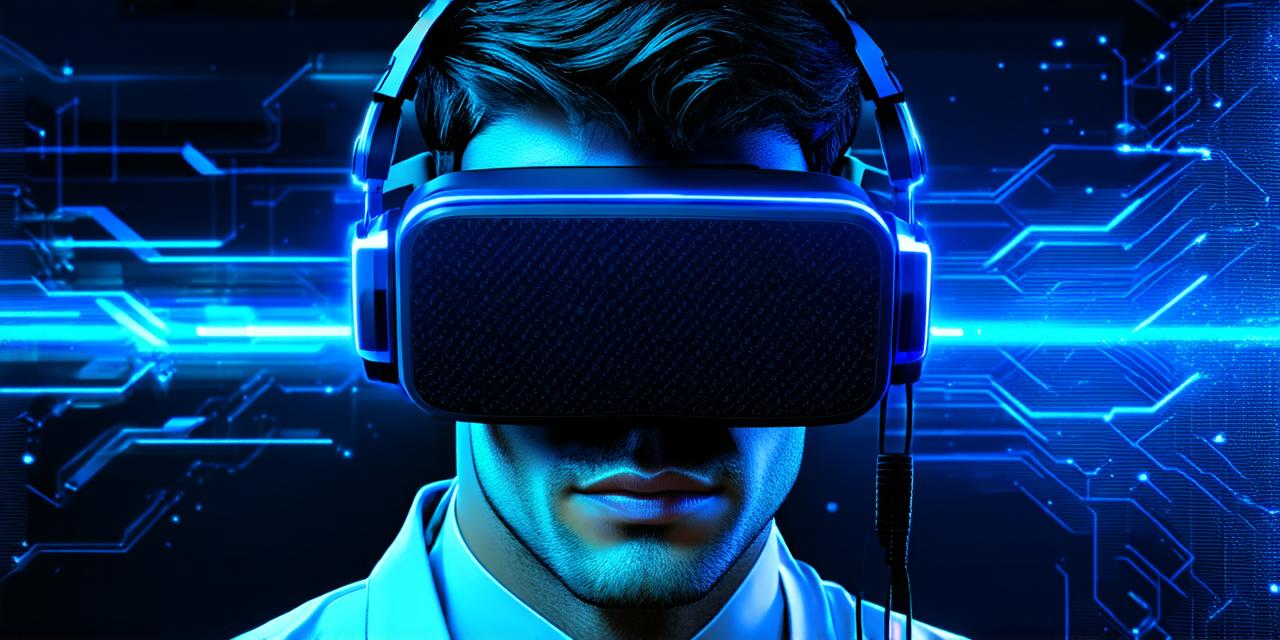Virtual reality (VR) headsets are devices that allow you to experience a computer-generated environment as if you were really there. These headsets usually consist of two screens, one for each eye, and sensors that track your movement.
This allows the VR system to adjust the images you see in real time based on your movements, creating an immersive and realistic experience.
There are several different types of VR headsets available, ranging from low-end options that are affordable but have limited capabilities, to high-end models that offer more advanced features and a better overall experience.
Types of VR headsets
The most common type of VR headset is the standalone headset, which does not require any external devices such as a computer or phone. These headsets are typically lightweight and easy to use, but may have limited processing power and graphics capabilities.
Examples of standalone VR headsets include the Oculus Quest 2 and the HTC Reverb G2.
Another type of VR headset is the wireless headset, which connects to a computer or phone via Wi-Fi or Bluetooth. These headsets are typically more powerful than standalone models, with higher resolution graphics and more advanced tracking capabilities.
Examples of wireless VR headsets include the Sony PlayStation VR and the HTC Vive Pro Eye.
Finally, there are also wired VR headsets, which connect directly to a computer or phone using a USB cable. These headsets tend to have even higher resolution graphics and more advanced features than wireless models, but may be less convenient to use due to the need for a physical connection.
Examples of wired VR headsets include the HTC Vive Pro and the DK2 Oculus Development Kit.
Features of VR headsets
In addition to their ability to track your movements, VR headsets also typically have several other features that enhance the overall experience. These may include:
- Adjustable headbands and lenses to ensure a comfortable fit
- High-resolution screens for crystal-clear graphics
- Wide field of view to provide an immersive experience
- Built-in audio systems for realistic sound effects
- Motion sickness reduction technology to prevent nausea and discomfort
- Hand tracking capabilities to allow for more intuitive interaction with virtual environments
Benefits of VR headsets

Virtual reality headsets offer a number of benefits that make them an increasingly popular choice for gaming, entertainment, and educational purposes. These may include:
- A truly immersive experience that transports you into a computer-generated world
- The ability to interact with virtual environments in a way that feels natural and intuitive
- Improved focus and concentration by eliminating distractions from the real world
- Enhanced creativity and problem-solving skills through interactive and engaging experiences
- Increased empathy and understanding of other cultures and perspectives through virtual travel and exploration
Overall, VR headsets are an exciting and rapidly evolving technology that offer a wide range of possibilities for both entertainment and education. As the capabilities of these devices continue to improve, it is likely that we will see even more innovative and immersive experiences in the future.
